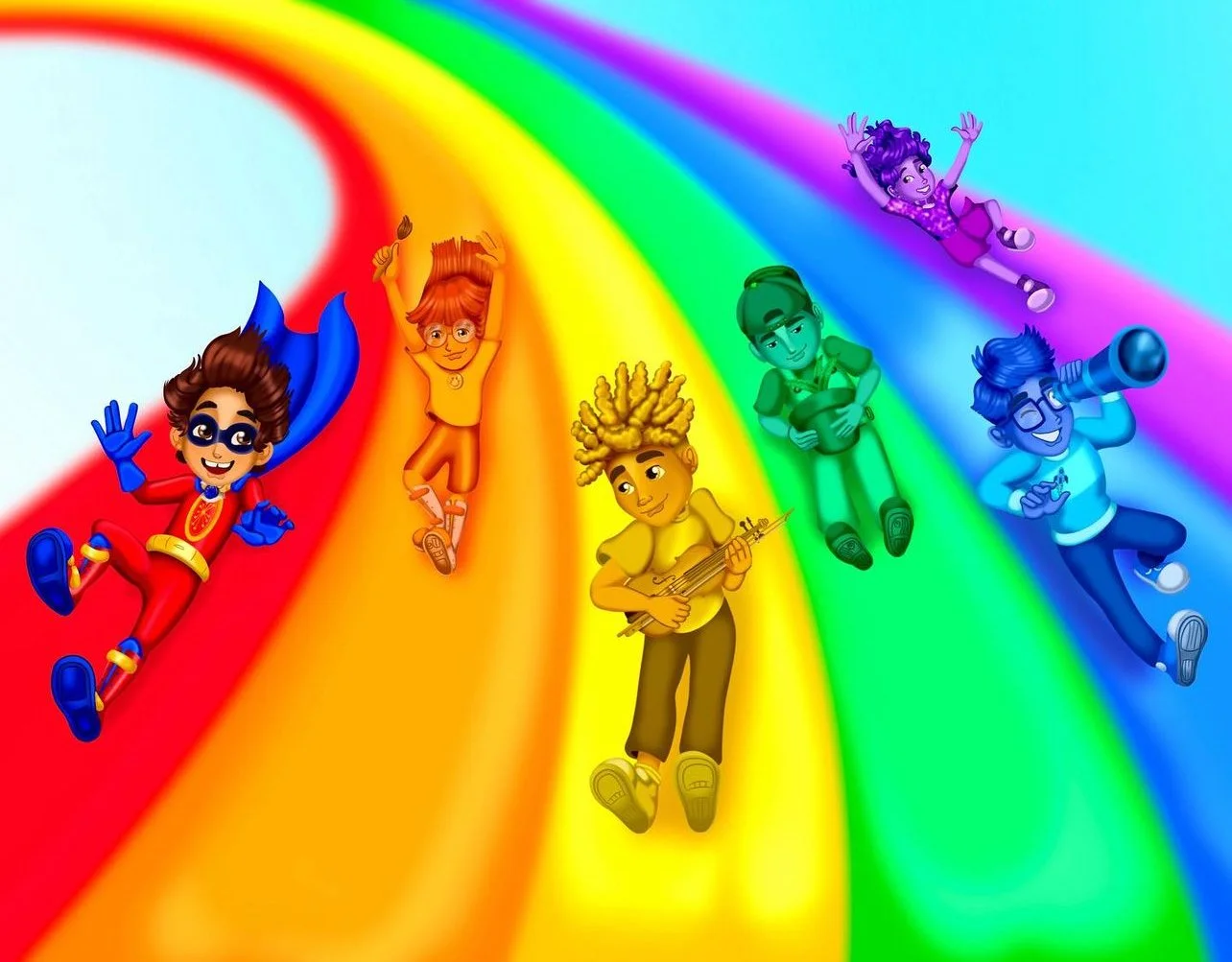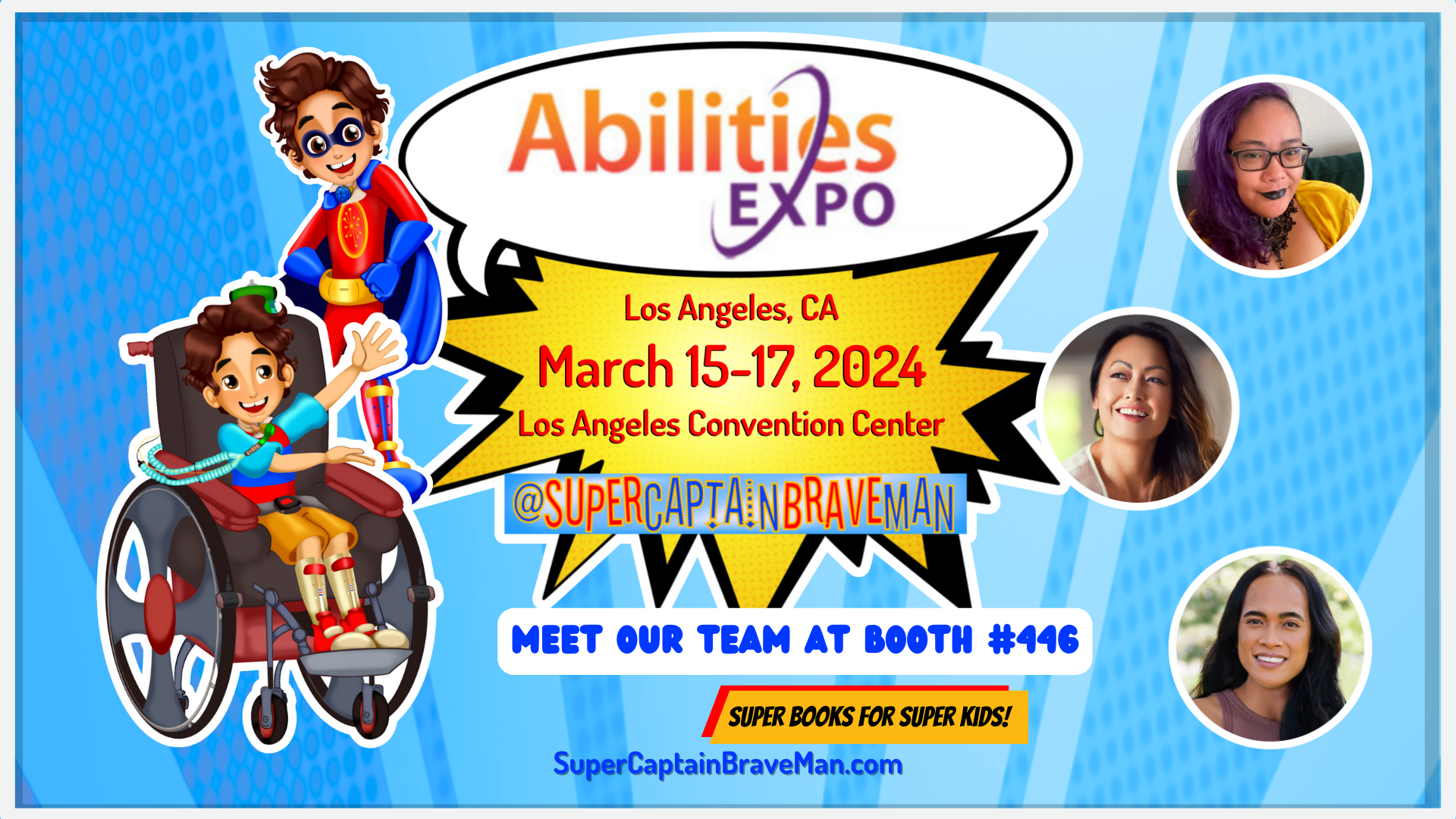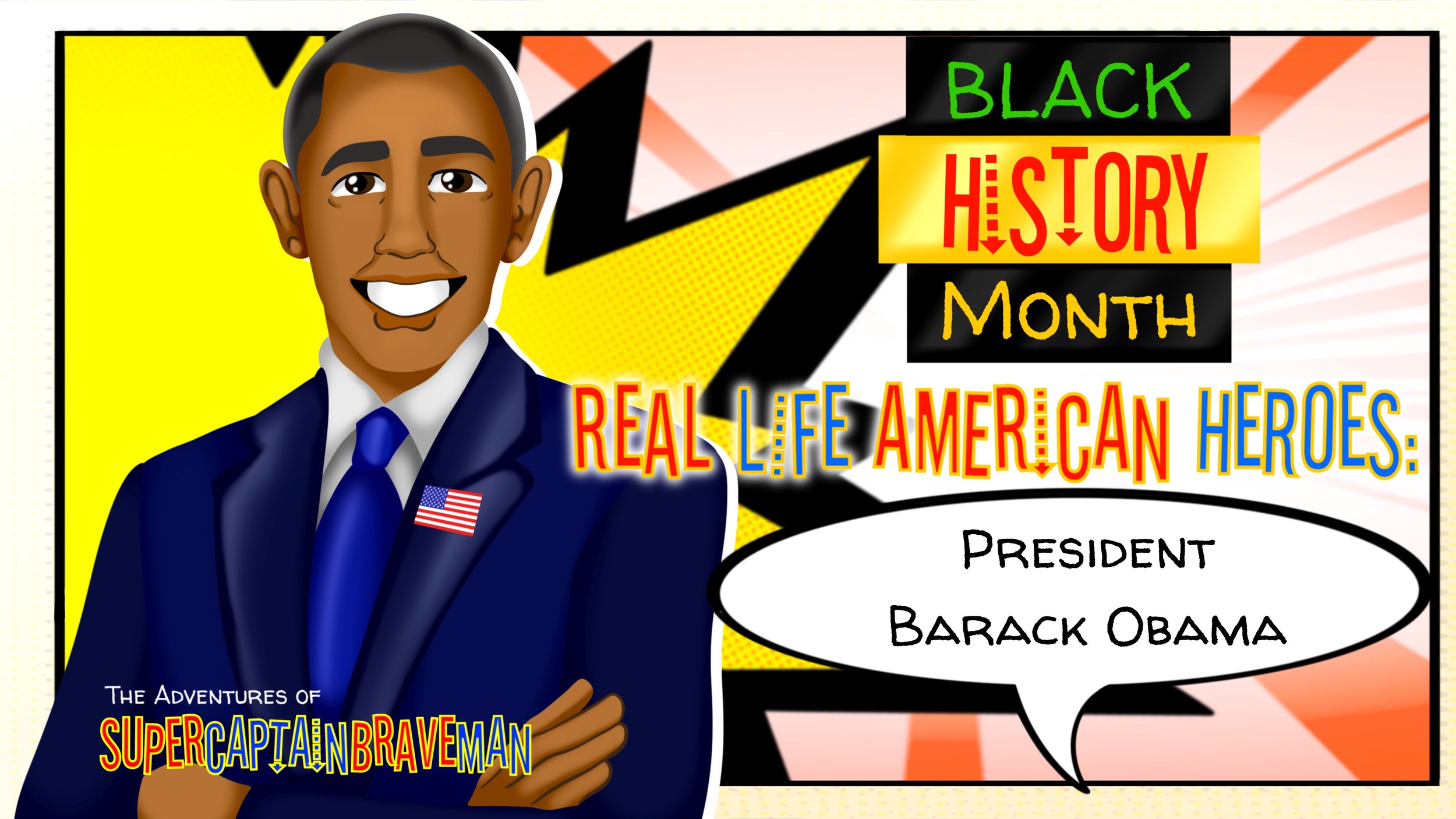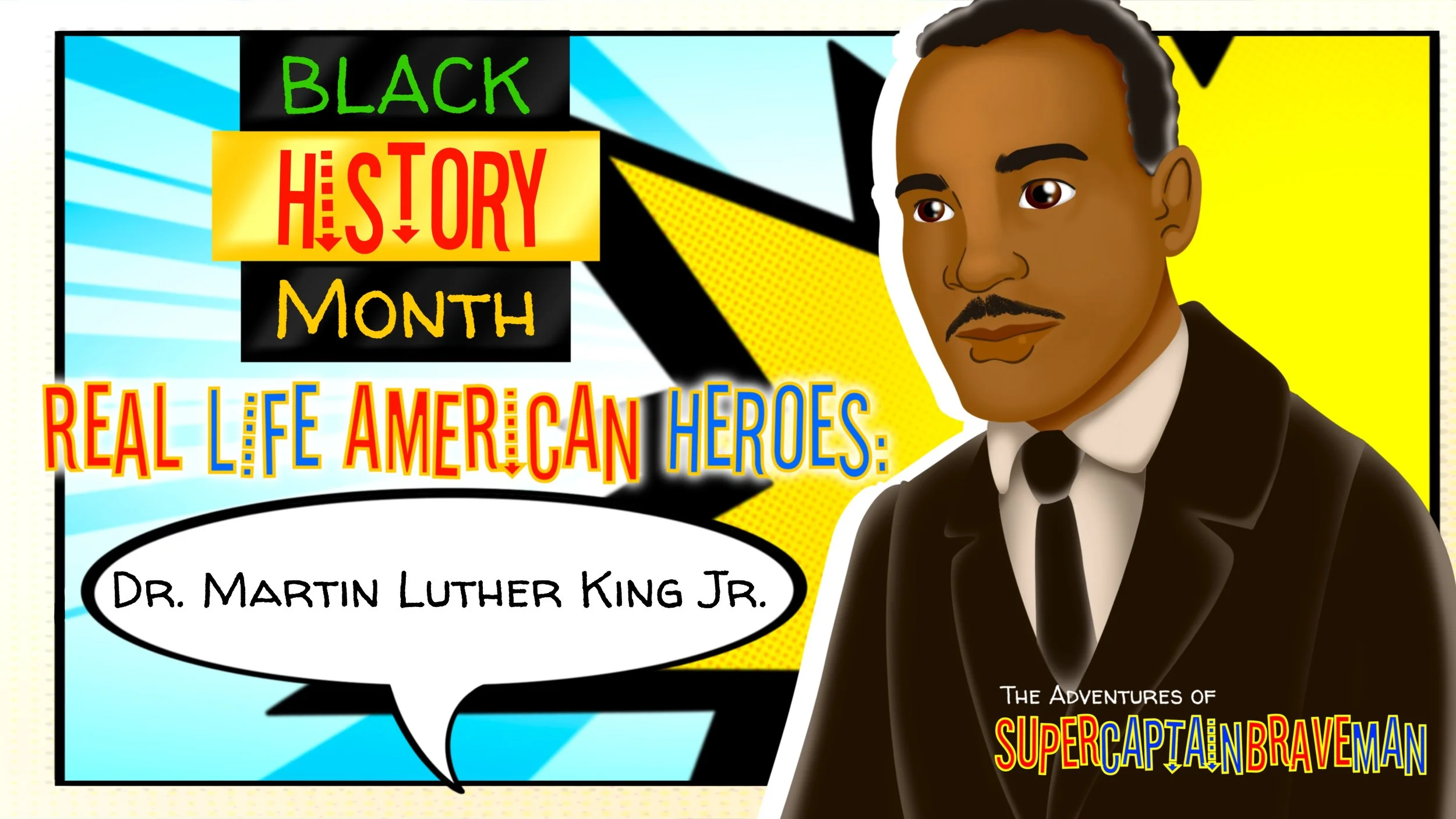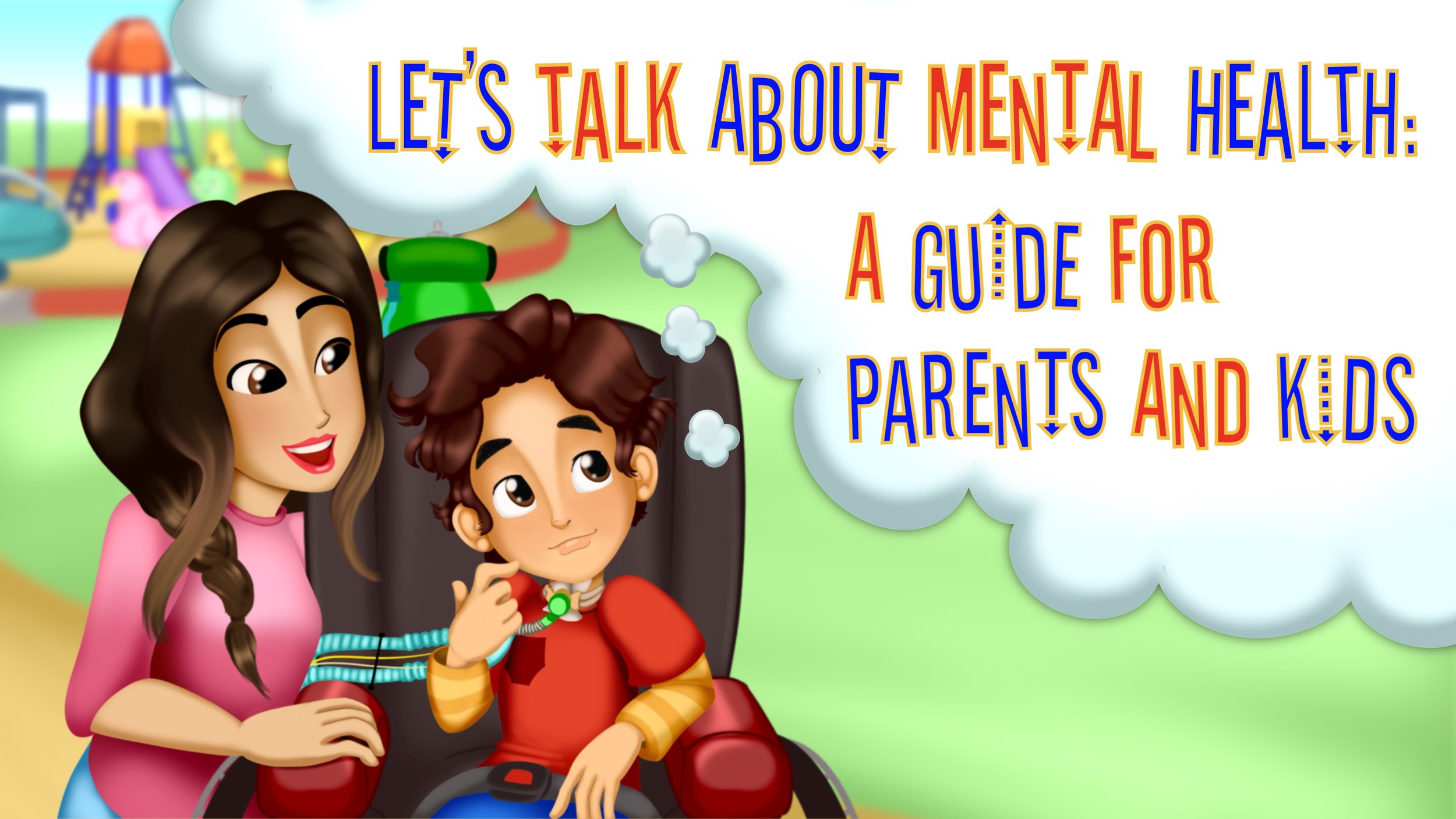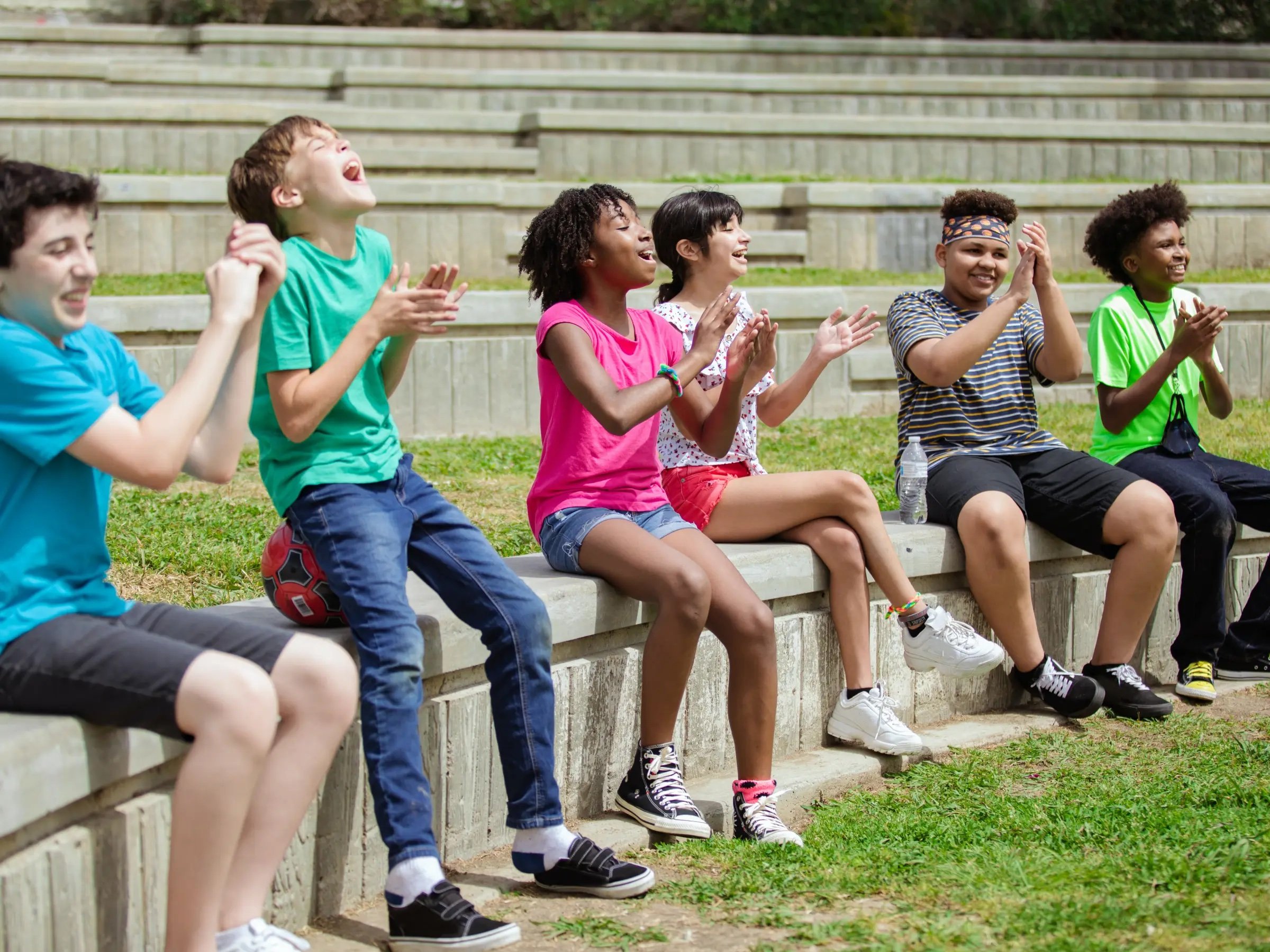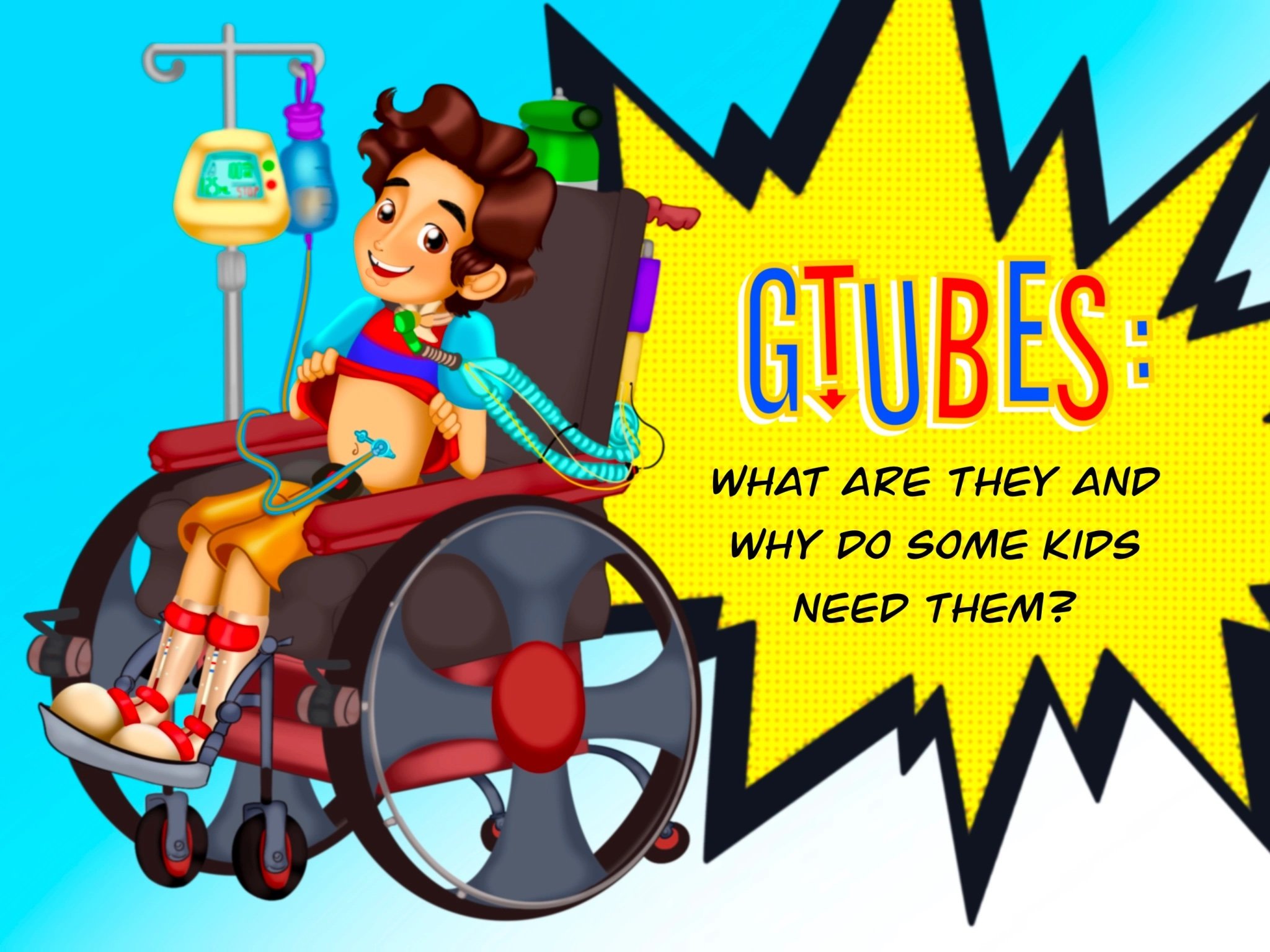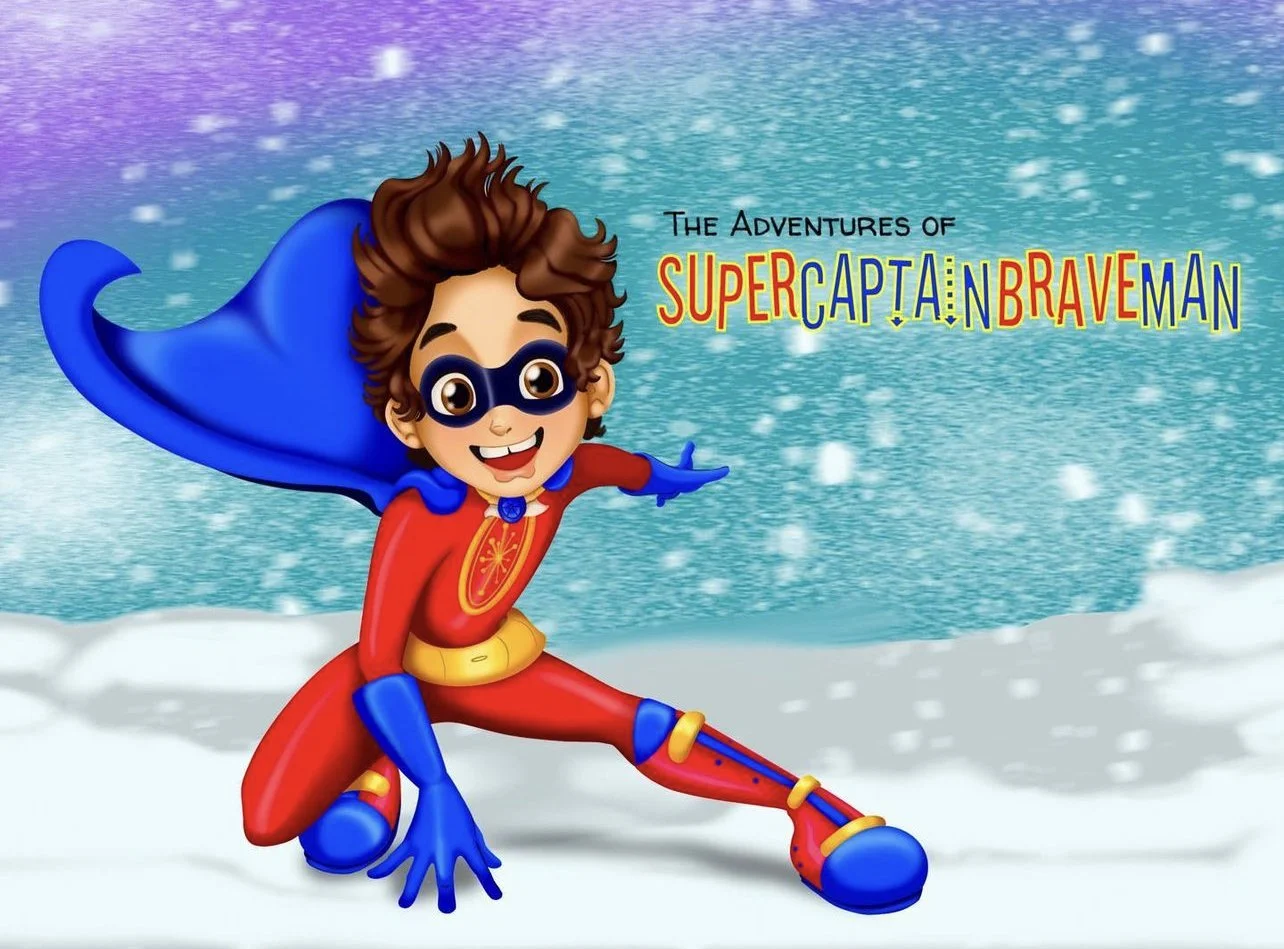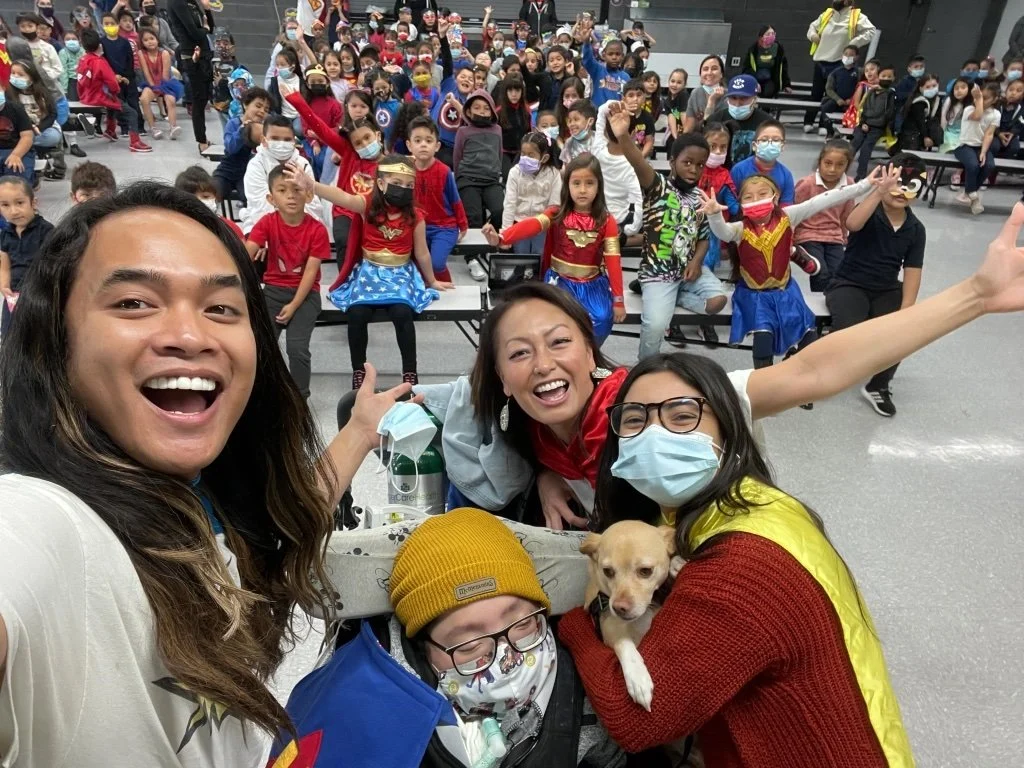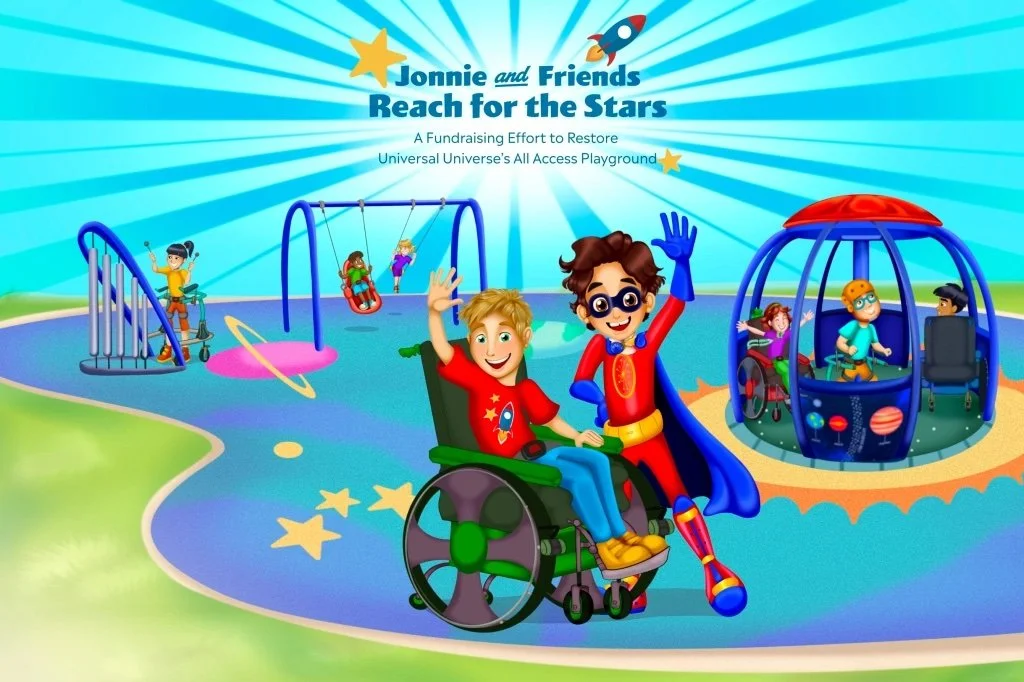World 1-2: What is CPR?
/Hello, SuperCaptainBraveFAM!
Last week, we learned about the lungs and how we breathe. Today, we’ll learn about a way we can help someone in case they suddenly can’t breathe on their own. At least, until emergency medical personnel arrive.
Cardiopulmonary means relating to the heart and lungs.
Cardiopulmonary means relating to the heart and lungs.
This process is called Cardiopulmonary resuscitation or CPR.
Cardio means heart.
Pulmonary means lungs.
Resuscitation means to resume or revive.
Sometimes, a person can collapse very suddenly. Because of an accident or physical problem, their heart can stop beating and their breathing will pause as well. This can be very bad because the reason we breathe is to exchange carbon dioxide for fresh oxygen. And oxygen is essential to creating energy in our bodies.
In World 1-1, we learned that the lungs inflate and deflate when we breathe. This allows air to travel into our bodies from our nose and mouth. Muscles move to expand the space in our chest and exchange carbon dioxide for oxygen.
The heart is responsible for pumping blood throughout the body and is very important!
Resting in our chest along with the lungs is the heart. The heart needs to be close to the lungs because it’s the muscle that needs fresh oxygen the most. It pumps and pushes blood to the rest of the body and has the most important job ever.
The heart is responsible for pumping blood throughout the body and is very important!
Thanks to the heart pumping oxygen rich blood in our bodies, we can do things like dance, walk, work, play with our family, and sleep soundly.
So, when there are problems with our hearts, there are very serious problems with our bodies.
Modern CPR as we know it was introduced to the world in 1960 by Dr. William Kouwenhoven, Dr. James Jude, and Dr. Peter Safar. Thanks to the work of this team, they made it possible for everyday people to help those that collapse and need help.
“…anyone, anywhere can initiate cardiac resuscitation procedures. All that is needed are two hands.”
– Dr. William Kouwenhoven
According to the American Heart Association, there are two types of CPR.
Some people trained in CPR carry special one time use mouth guards to make mouth-to-mouth resuscitation safer.
The first is known as conventional CPR.
Some people trained in CPR carry special one time use mouth guards to make mouth-to-mouth resuscitation safer.
It’s the kind of CPR usually shown in TV shows and movies. Chest compressions are done along with mouth-to-mouth rescue breaths. It’s a multi-step process and one that you can get certified in after taking a CPR class.
This type of CPR is performed by healthcare professionals and others certified in CPR. It’s used to help people of all ages in an emergency situation.
The second type is called compression-only CPR or Hands-Only CPR.
This kind of CPR doesn’t require any mouth-to-mouth. Since there is no mouth-to-mouth, Hands-Only CPR is a great way to help in an emergency if direct contact with the other person’s mouth isn’t advisable.
This type of CPR can be performed by anyone and is recommended only for adults & teenagers who suddenly collapse in out-of-hospital situations.
Unlike conventional CPR, Hands-Only CPR is made up of 2 steps.
Step 1: Activate the emergency response system.
Call 9-1-1 or have someone nearby do that.
Step 2: Push hard and fast in the center of their chest.
The best way to keep track is to push to the beat of a fast song like:
“Stayin’ Alive” by the Bee Gees
“Sweet Home Alabama” by Lynyrd Skynyrd
“MMMBop” by Hanson
“Just Dance” by Lady Gaga
“Hips Don’t Lie” by Shakira
If you still have the model lung we made in World 1-1, you can see how Hands-Only CPR works to inflate our lungs. The movement of chest compressions also helps mimic the way the heart beats and keeps the blood moving in our bodies.
Hands-Only CPR Example Using the Model Lung Experiment
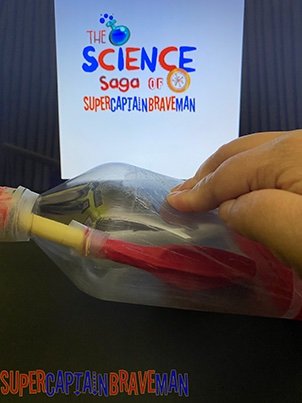
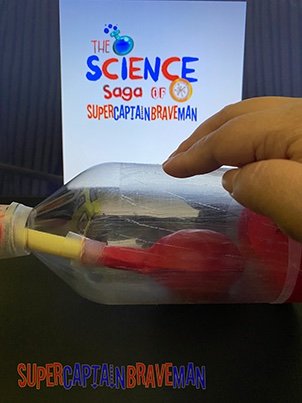
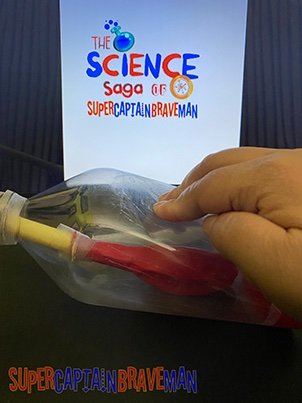
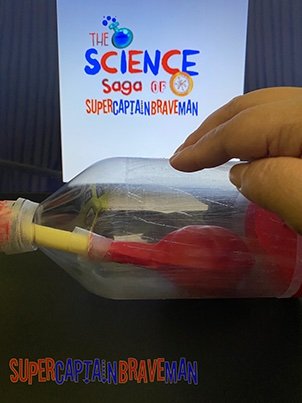
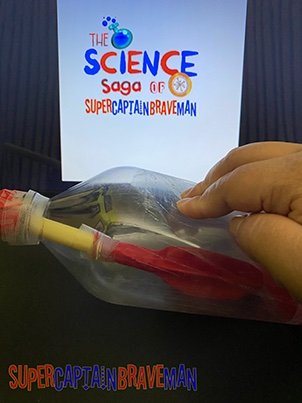
According to the American Heart Association, immediate CPR can double or triple the chances of survival after cardiac arrest. (Cardiac arrest is when the heart malfunctions or stops working correctly.)
In fact, another study showed that sixth graders are able to perform Hands-Only CPR correctly once shown how to do it. CPR training is a high school graduation requirement in 34 states so far. In our home state of California, it’s been a requirement since 2018!
There are several different jobs that require CPR certification besides healthcare providers. Firefighters, police officers, child care providers, and flight attendants all need to learn CPR in the event someone collapses.
But Hands-Only CPR doesn’t need certification!
There are even kiosks that give a quick lesson on Hands-Only CPR located in different airports across the US. The lesson includes a video introduction and tutorial. As well as an interactive practice session on the manikin attached to the kiosk. A list of airports with these kiosks can be found here.
Watch below for a quick video on how Hands-Only CPR works. So easy, even Ken Jeong can do it!
Don't be afraid to use Hands-Only CPR, you could save a life!
Getting CPR training is a useful skill for everyone to have. In person classes might not be available right now, but once they are, we fully encourage everyone to get CPR certified.
After learning how the lungs work and how important oxygen is for us, knowing how to give aid in an emergency is a great way to help save a life.
So, remember to stay safe and stay brave, SuperCaptainBraveFAM!
The journey continues next week on…
Join our mailing list and don’t forget to like & follow SuperCaptainBraveMan on social media to hear all about it!
Instagram: @supercaptainbraveman
Facebook: www.facebook.com/supercaptainbraveman








